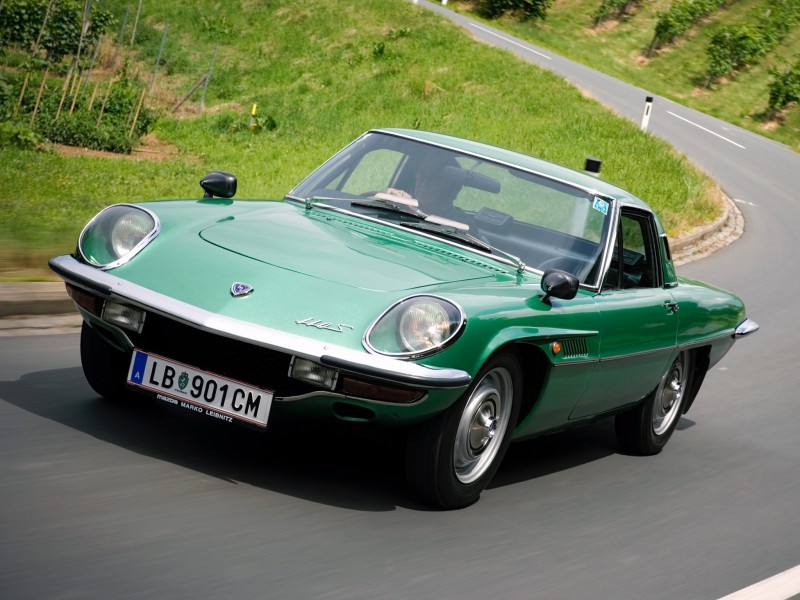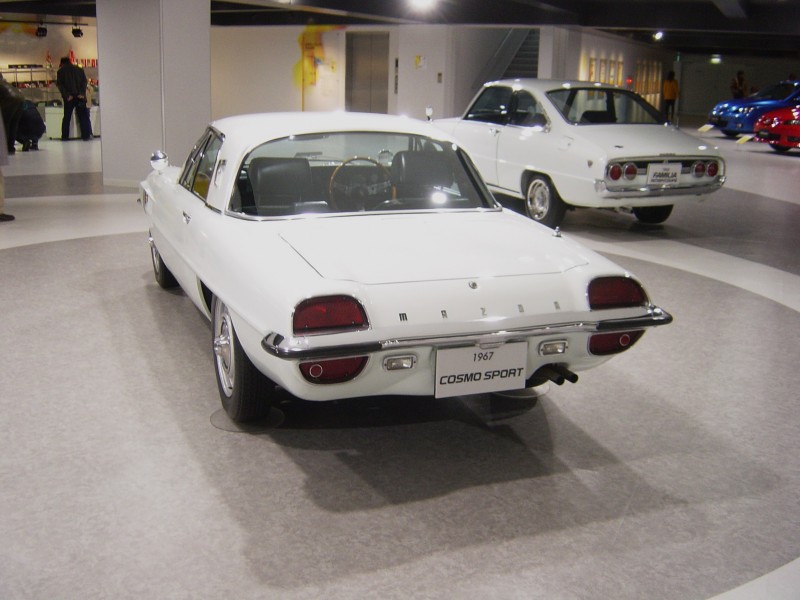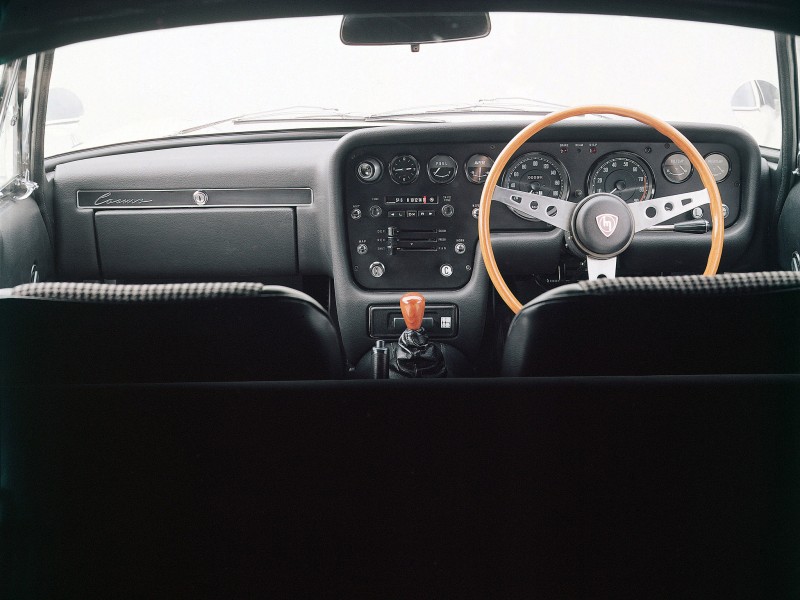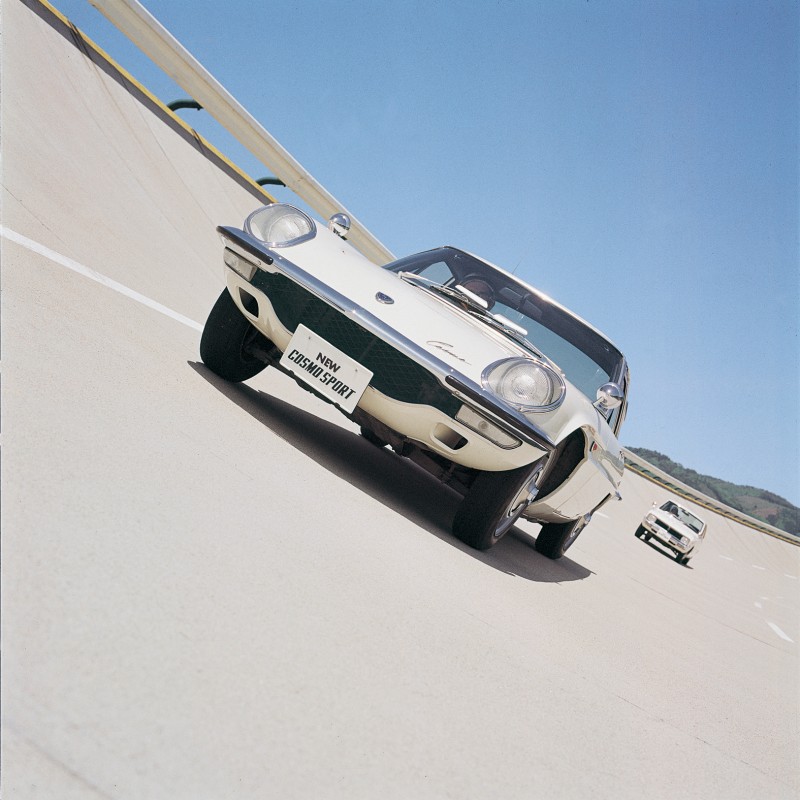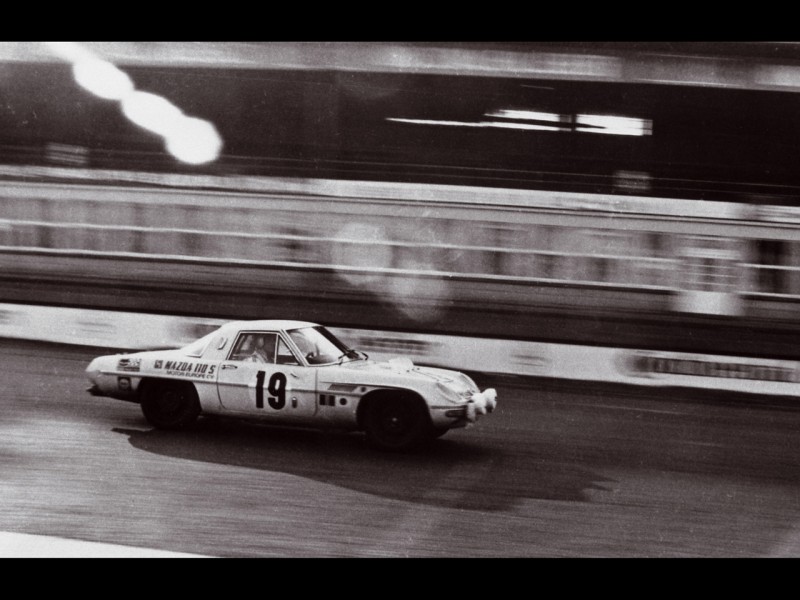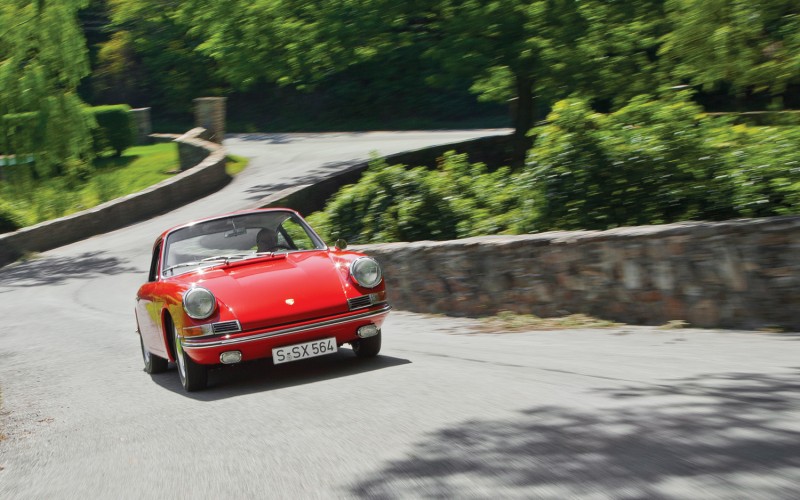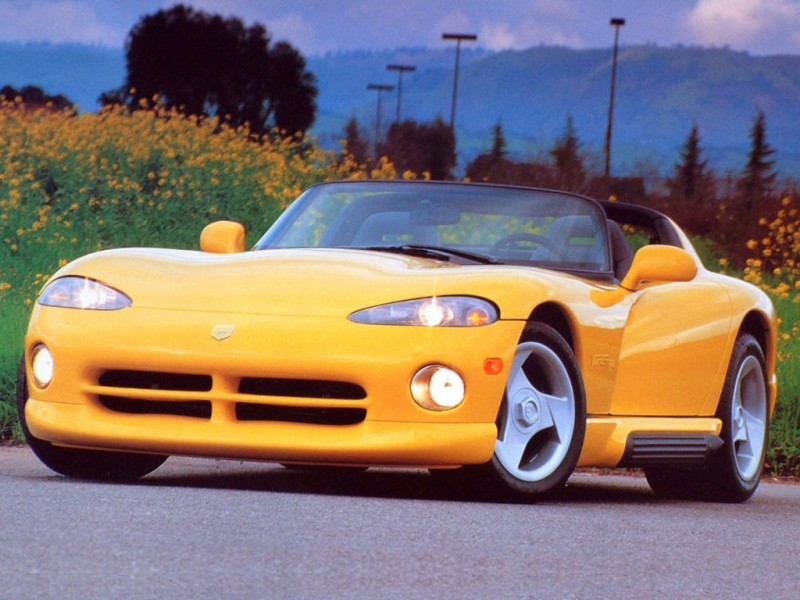Mazda’s performance cars have always been known for an unconventional quirkiness that makes them fun driving and fast. Throughout their history, though, Mazda has unanimously been known for being the sole manufacturer of the rotary engine. Defying the traditional logic of engine construction the rotary engine has always been proof of engineering willpower overcoming naysayers and it began with the Cosmo.
Spin-Cycle Sorrows
First unveiled at the 1964 Tokyo Motor Show; the Cosmo drew unparalleled attraction. The beautiful, flowing style and revolutionary engine design entranced and excited large crowds. What viewers did not see was that the twin-rotary engine was truly an engineering nightmare that beguiled engineers for years. The problems came from trying to work out issues with “chatter” developing on rotary housing walls after specific periods of run time. A solution was finally reached when Mazda’s engineers developed a high-strength carbon and aluminum seal that corrected the problem. Then after more than 700,000 kilometers of road testing, the Cosmo was ready to take on the world.
Performance for the People
The Cosmo came into production in May of 1967. Standard was the 491cc (x2) rotary engine with a 4-carburetors that produced 110 hp at a 7,000 RPM redline! Also fitted were 14” wheels, a 4-speed manual transmission, and a starting price that was lower than competitor Toyota’s 2000GT.
The suspension was an independent A-arm configuration up front that had disc brakes out to each side. Outback was an entirely different arrangement that included a De Dion axle, trailing arms, leaf springs, and drum brakes. All of this gave the Cosmo respectable performance with a 115 mph top speed and a quarter mile time of 16.3 seconds.
The Cosmo: Take II
In 1968, Mazda took the Cosmo up a notch by releasing the Series II of the car. What was new? Engineers managed to extract even more power from the spinning twin triangles, which raised output to 128 hp for customers. All over there were improvements, though. Another gear was added to the transmission, which helped overall gearing, the wheelbase was lengthened by 15 inches, and this greatly helped with high-speed stability and interior space.
Speaking of speed the additional power allowed the Series II to run up to a 120mph top speed on a new 15” wheel, and these wheels improved the looks of the Cosmo drastically. Visually the front grill was altered to allow for two additional air vents, and that changed the appearance of the car slightly.
Racing Rotaries
To silence the doubters Mazda took the Cosmo racing in 1968. They wanted to prove on a world stage that their new rotary engine could handle the arduous task of motorsports. Selected was the Marathon de la Route, an 84-hour race at Germany’s famed Nurburgring. Two cars with very slight modifications ran in 4th and 5th up to the 82nd hour before one of the cars suffered suspension damage that forced it to retire. The other vehicle went on to a 4th place overall victory, solidifying the capability of the rotary motor. This was the first time Mazda had gone racing, and it would not go again, as a factory effort, for many years.
For the next four years, Mazda would continue to build each Cosmo by hand in Japan at a rate of about one per day. This would continue until 1972 when Mazda completely refreshed their halo car into a new generation. Ultimately though the Cosmo started Mazda’s love affair with the unconventional and we love them for that.
Specifications
- Years: 1967 – 1972
- Layout – Front Engine
- Drive – RWD
- Body Style – Coupe
- Seating – 2
- Motor – Twin Rotary
- Displacement – 491 cc x 2
- Power (hp) – 128 hp
- Torque (lbs-ft) – 103
- Transmission – 4-speed manual / 5-speed manual
- Wheelbase – 2,200 mm (86.6 in)
- Weight – 940 kg (2,072.3 lb)
- Quarter-mile – 15.8 seconds
- Top Speed – 120 mph

